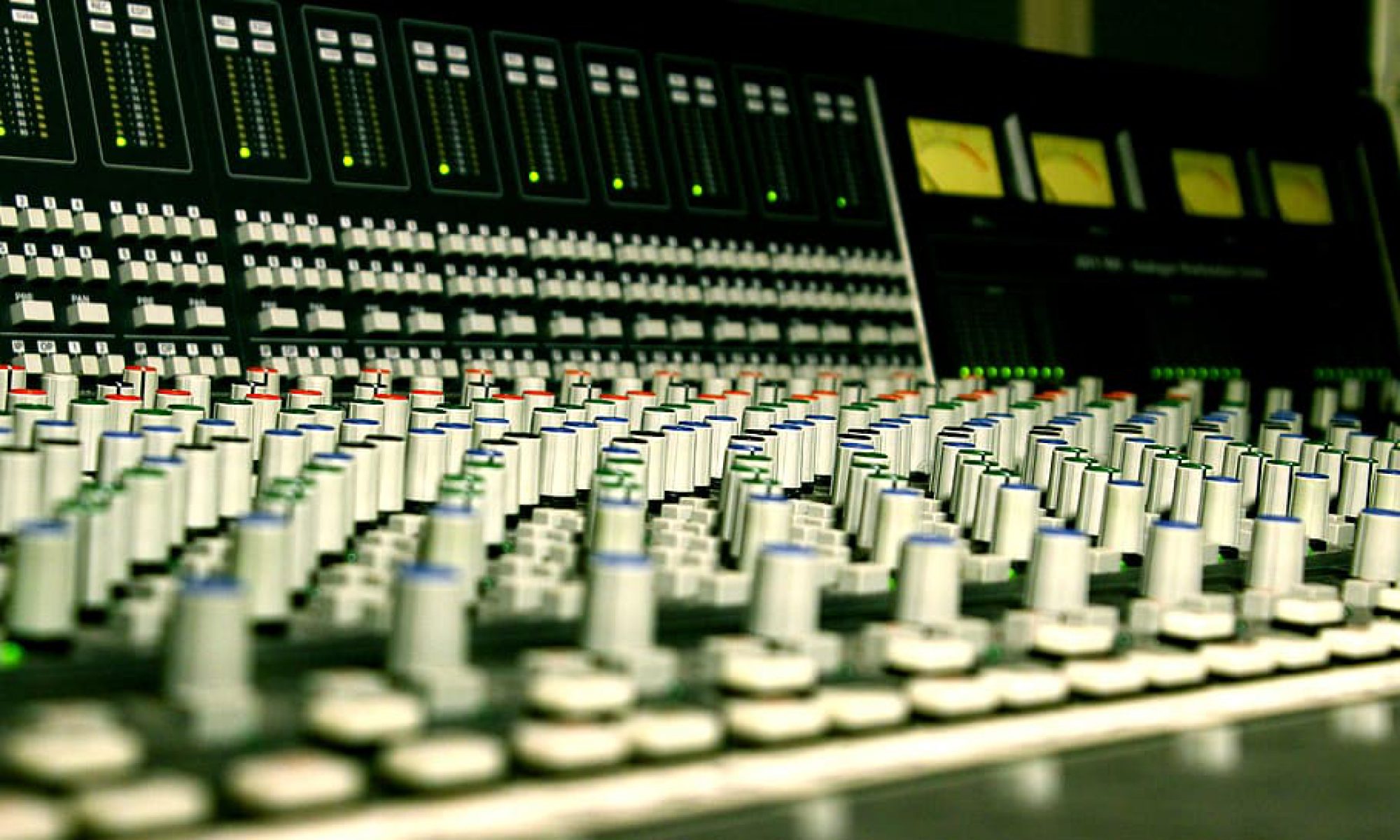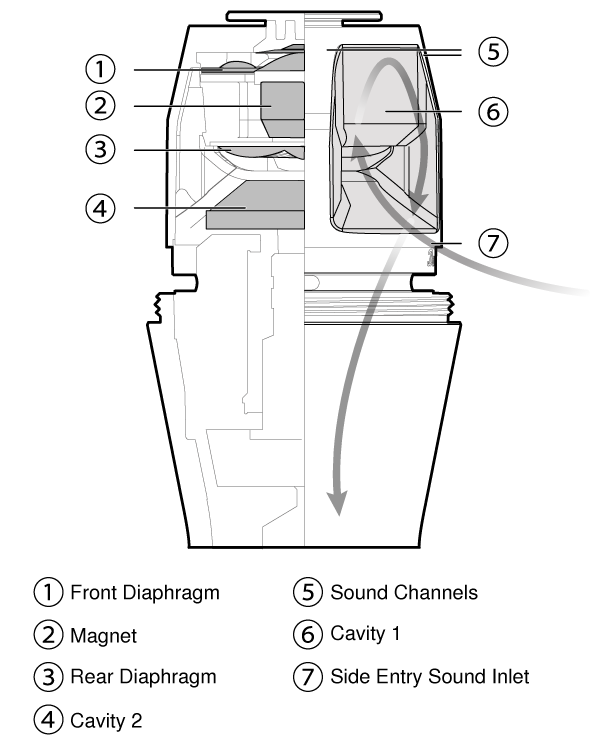This week we are moving down the line with the vocal capsules that I’ll use with new or known vocalists. Last week I started with the SM58 because it is my utility mic. This week I want to talk about the Shure KSM8. Shortly after it was released we picked one up and have never looked back. The KSM8 has some unique features that help it really shine in a few specific areas. As I said last week, this series isn’t meant to be a sales pitch, these are just the capsules that I use. If you are heavy Sennheisser, EV, DPA users, reach out to me via email (daniel@studiostagelive.com) and we can work together to write a few posts about a wider variety of choices (reach out quickly and we can get those integrated into this series).
The KSM8 is the first dual-dynamic cardioid microphone. There are actually two capsules in there that are doing some pretty cool things. The easiest way to explain it is this: the capsule closest to the source is doing what most capsules do, the other is capturing what we would want to be nulled out. This creates a rather large polar pattern that allows for a great range of mic techniques. This is really where this capsule shines. I’ve included 3 pictures for you to look at that summarize what I’m explaining in a more technical manner. The first is a diagram of what the inside of the mic looks like. The second is the response curve. The last is a representation of the more balanced response when mapped against distance. This is the page from Shure that explains all these pictures at greater length. A word of caution here though, don’t cup the microphone or cover up any of the port holes around the capsules. I know this is a pretty common caution for most microphones, but this one especially is pretty bad if you don’t allow both capsules to do their jobs.
In real life this translates to some pretty neat results. I love to use this with new vocalists. No matter how they hold it, as long as it is somewhere in the vicinity of their mouth, it is full sounding and clear. Because the proximity effect has been minimized, and the response is balanced out, if that new vocalist is really quiet, really loud, or super dynamic, this microphone is the perfect companion because when the sound is captured, it’s already helping me out. This is what I aim for which every capsule I choose for my vocalists. What capsule do I have that will compliment the users tonality, even out response, and accurately capture without too much EQ. Beyond new vocalists I also find myself using this capsule with most female vocalists in general because of its’ response curve and good rejection that the capsule provides. When used with good mic technique I’ve found that it does a great job rejecting what I don’t want to hear in the mics. This allows me to be able to use it with a vocalist in front of the drums, near the PA, etc. These are also the reasons why I would normally use a KSM8 over an SM58 as it is just that little bit different and better. The biggest downside for me is that if you have a brighter than normal voice because of the upper end response, this mic might be a bit harsh for some.
Hopefully you’ve learned a bit about why I love to use the KSM8 in various situations. Next week I’ll be talking about the KSM9 and the ways I use it in contrast to the KSM8. Do you use the KSM8? In the comments below or on facebook, tell me what got you interested in getting it or looking at it. If you want to be emailed when any new content goes live, follow this link, and subscribe to my blog. See you on the flipside!




